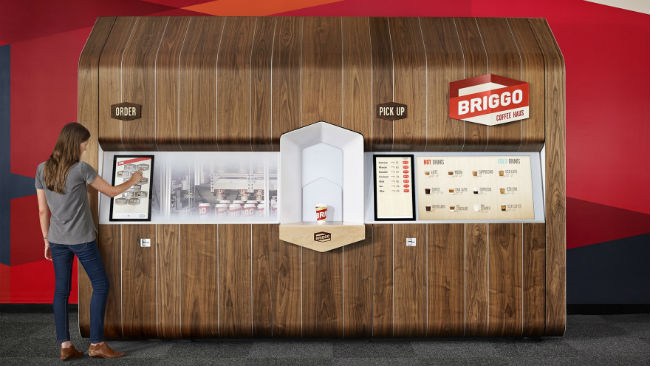The winner takes it all
instead of some companies serving the high end of a market with a superior experience while others serve the low-end with a “good-enough” offering, one company can serve everyone.If you can build and install a beautiful machine that can make & serve a perfect coffee or cappuccino in a cup with a glass of water (you can choose sparkling, still, cold or normal) in a tray you can serve the high end . After that you can serve a lower grade coffee in a paper cup at a cheaper cost.
after the initial cost you can serve everybody. In this example the marginal cost isn't zero but on the internet platform companies the marginal cost is zero (Uber, Booking, etc.....)


Stratechery, Ben Thompson
Every additional customer accrued a cost, whether that be the marginal cost of serving them or the opportunity cost of not serving a different customer. Given that, it was, as Christensen noted, perfectly rational to focus on the most profitable ones.
However, something else momentous happened around 20 years ago: the emergence of the Internet. As I’ve written repeatedly, including two weeks ago in Selling Feelings and this summer in Aggregation Theory, the Internet has completely transformed business by making both distribution and transaction costs effectively free. In turn, this has completely changed the calculus when it comes to adding new customers: specifically, it is now possible to build businesses where every incremental customer has both zero marginal costs and zero opportunity costs.
This has profound implications: instead of some companies serving the high end of a market with a superior experience while others serve the low-end with a “good-enough” offering, one company can serve everyone. And, given the choice between a superior experience and one that is “good-enough,” of course the superior experience will win.
To be sure, it takes time to scale such a company, but given the end game of owning the entire market, the rational approach is not to start on the low-end, but rather the exact opposite. After all, while marginal costs may be zero, providing a superior experience in the age of the Internet entails significant upfront (fixed) costs, and while those fixed costs are minimized on a per-customer basis at scale, they can have a significant impact with a small customer base. Therefore, it makes sense to start at the high-end with customers who have a greater willingness-to-pay, and from there scale downwards, decreasing your price along with the decrease in your per-customer cost base (because of scale) as you go (and again, without accruing material marginal costs).
This is exactly what Uber has done: the company spent its early years building its core technology and delivering a high-end experience with significantly higher prices than incumbent taxi companies. Eventually, though, the exact same technology was deployed to deliver an lower-priced experience to a significantly broader customer base; said customer base was brought on board at zero marginal cost (to be sure, there is more to Uber’s success than that; I laid out in Why Uber Fights how Uber’s aggregation of riders gives them leverage in bringing drivers onto their platform in a virtuous cycle).


















0 comentários: